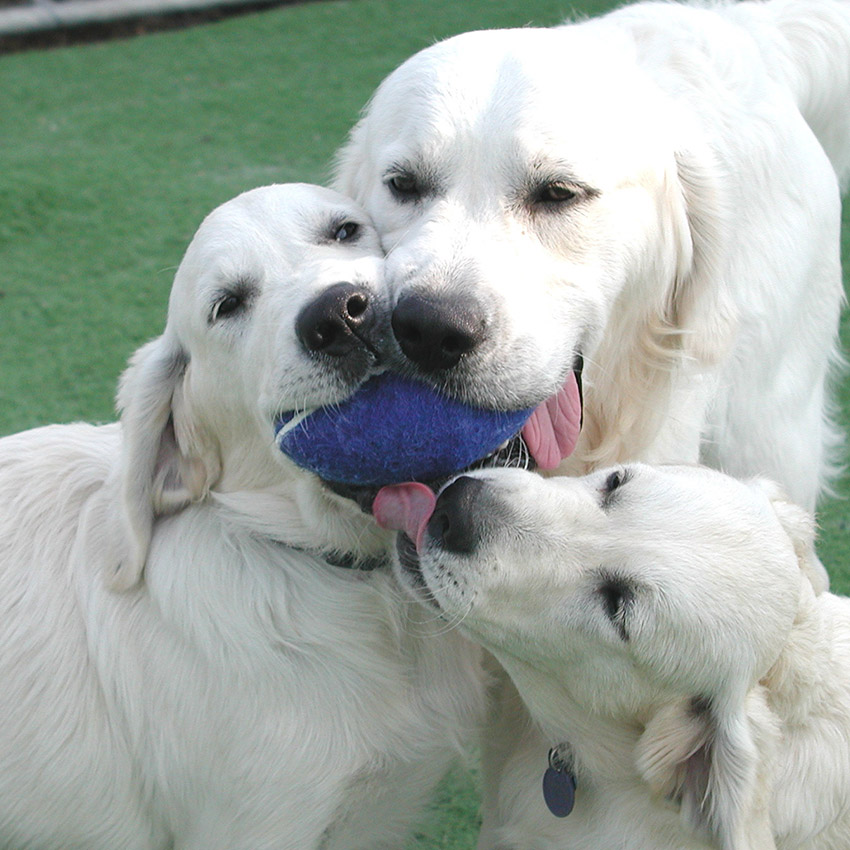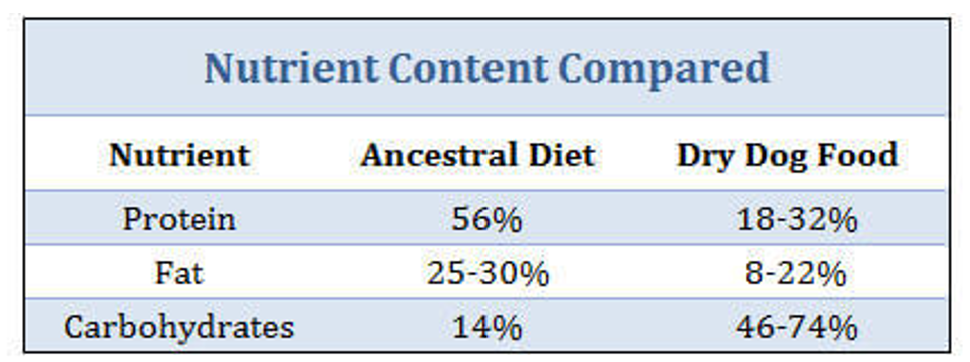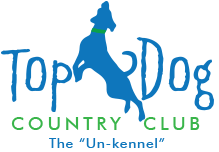
When it comes to dog food, what’s best . . . Kibble, Fresh Cooked, Raw . . . What about Grain free?
Dogs count on us to provide them with great nutrition so selecting a food that will add to their health and longevity is important. From my 38 years of feeding my own packs of dogs and 24 years of feeding thousands of dogs in my care, I can tell you that there is a direct link between what we feed; and our pups’ health, happiness, and life span. Here’s my take.
Kibble:
Feeding dry kibble is the equivalent of a highly processed food diet for humans and is lacking nutrition. Most kibble is high in carbohydrates and industry regulations for protein sources have a low bar. Kibble can contain diseased and rejected ingredients cooked at high temps to destroy the bacteria; also destroying vital nutrients. It is convenient but not good nutrition.
Fresh Cooked:
There are some great options out there with quality, human-grade fresh meats and vegetables, low in carbohydrates, high in protein and the good fats . . . “real food”, not dried brown pellets.
Grain Free:
There is a lot of hubbub in the dog food industry regarding grain-free. Some claim that a grain-free diet causes a taurine deficiency leading to dilated cardiomyopathy. Not so fast. Let’s look at the facts. Dogs do not need taurine added in their diet because their bodies have the metabolic capacity to manufacture taurine. The best sources, if supplementation is needed, are raw sardines, liver, heart, and eggs.
Grain-free has nothing to do with taurine. Grains are simply a cheap filler, nutritionally unnecessary, and can lead to allergies and obesity. Some grain-free foods replace high grain content with poor quality, plant-based proteins like peas, legumes, lentils and other starches; simply a poor diet, regardless of taurine.
Raw:
This has been my choice for 30 years. The original intent for grain-free was feeding a raw, ancestral-appropriate meal. Dogs are descended from wolves and their ideal natural diet is wild whole prey which raw provides: 70% muscle meat, 10% organ meat, 10% bone, 10% fruits/vegetables.
Skeptics site salmonella risk, however, dogs can eat raw meat without issue. That’s because a dog’s digestive system is shorter, faster and more acidic than ours. With proper handling there should be no concern about feeding raw.

Regardless of which you choose, great nutrition should be primarily high-quality proteins and fats responsibly sourced, cage free, grass fed, wild caught, organic, gluten free, and no added hormones or antibiotics. It should also include organic fruits and vegetables, and the vitamins and minerals necessary for a complete diet.
Jean Stelten
“Lead Dog”
Top Dog Country Club
Jean Stelten
"Lead Dog"
Top Dog Country Club


